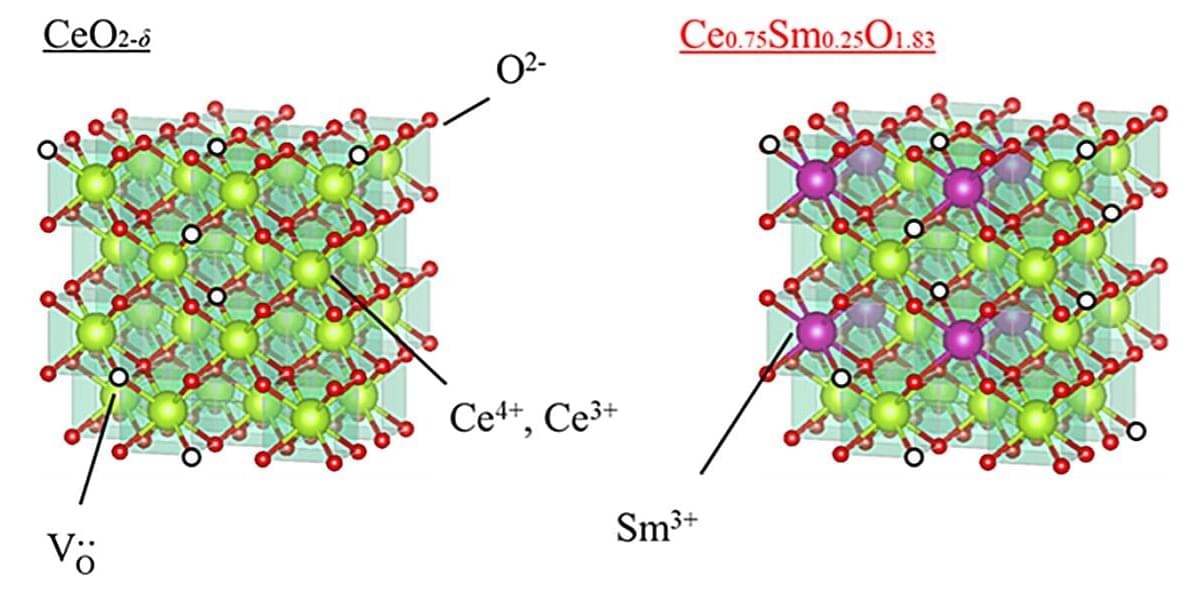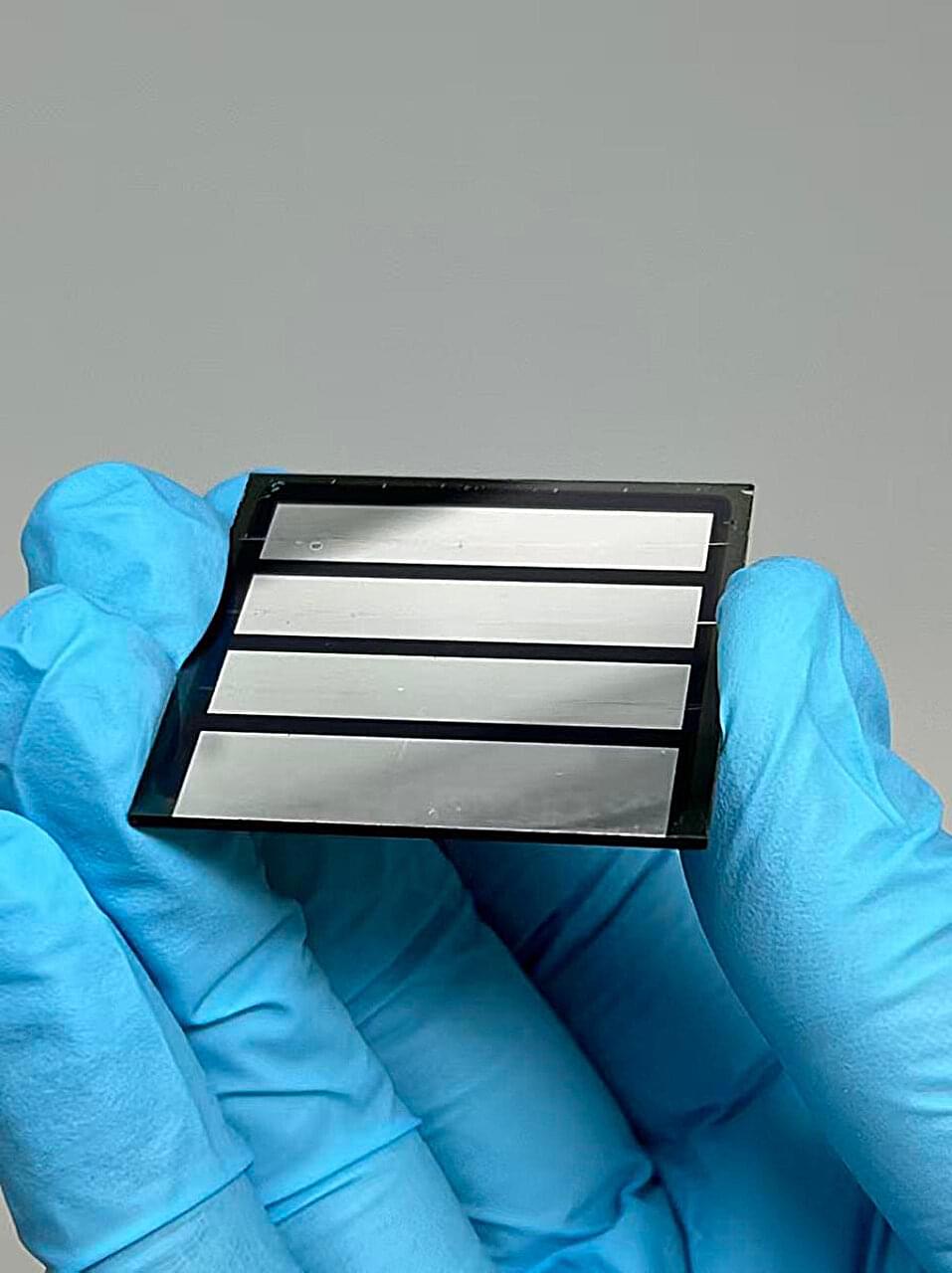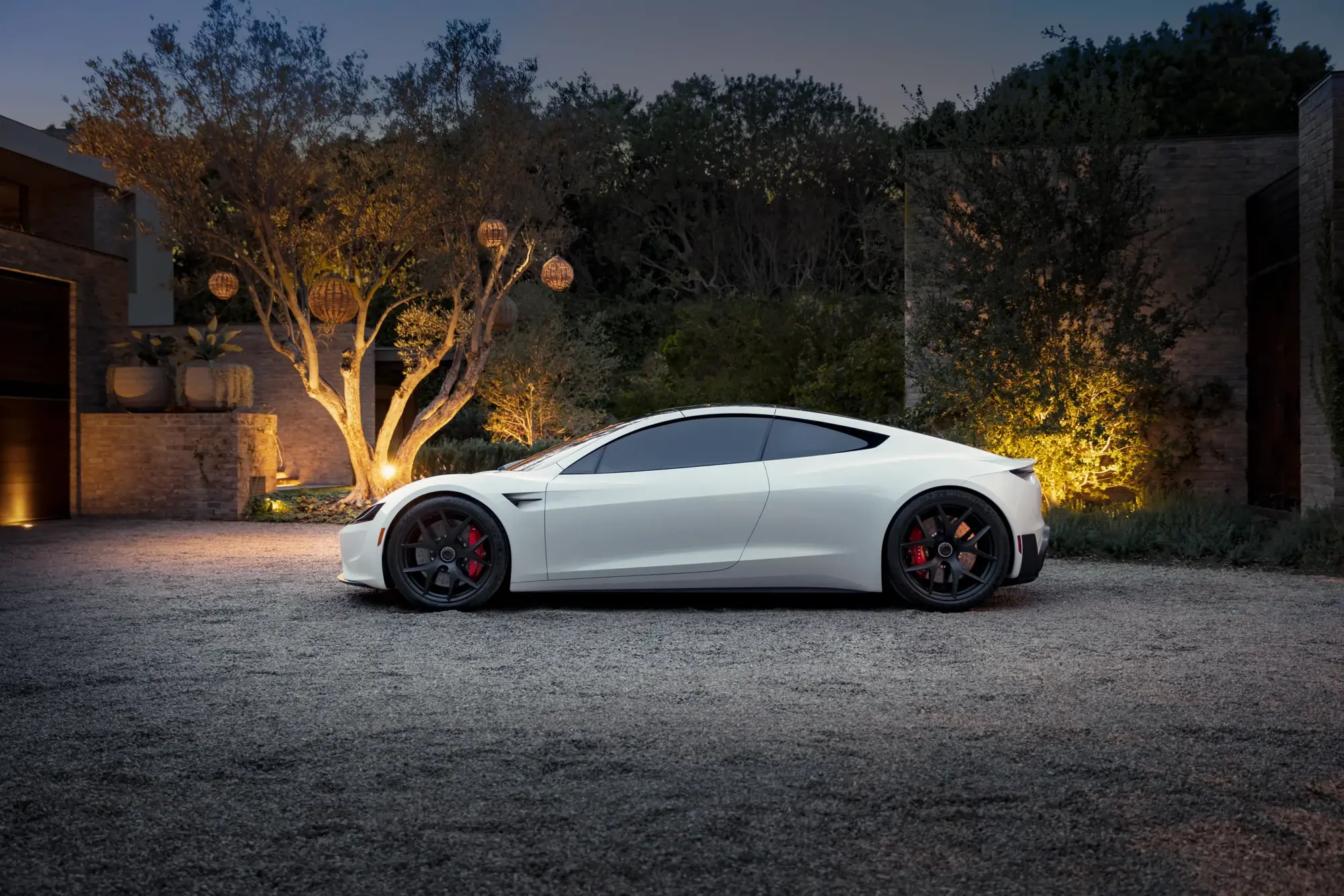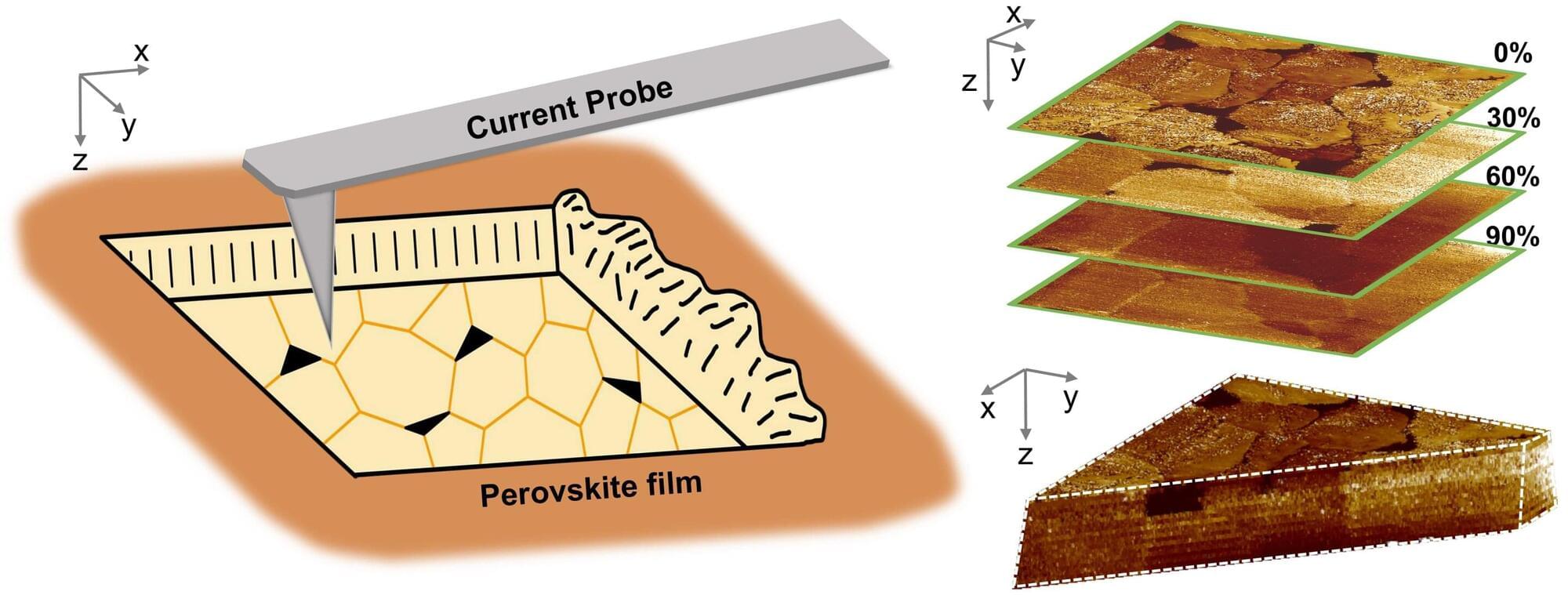Under the threat of climate change and geopolitical tensions related to fossil fuels, the world faces an urgent need to find sustainable and renewable energy solutions. While wind, solar, and hydroelectric power are key renewable energy sources, their output strongly depends on environmental conditions, meaning they are unable to provide a stable electricity supply for modern grids.
Solid oxide fuel cells (SOFCs), on the other hand, represent a promising alternative; these devices produce electricity on demand directly from clean electrochemical reactions involving hydrogen and oxygen.
However, existing SOFC designs still face technical limitations that hinder their widespread adoption for power generation. SOFCs typically rely on bulk ceramic electrolytes and require high operating temperatures, ranging from 600–1,000 °C. This excessive heat not only forces manufacturers to use expensive, high-performance materials, but also leads to earlier component degradation, limiting the cell’s service life and driving up costs.






